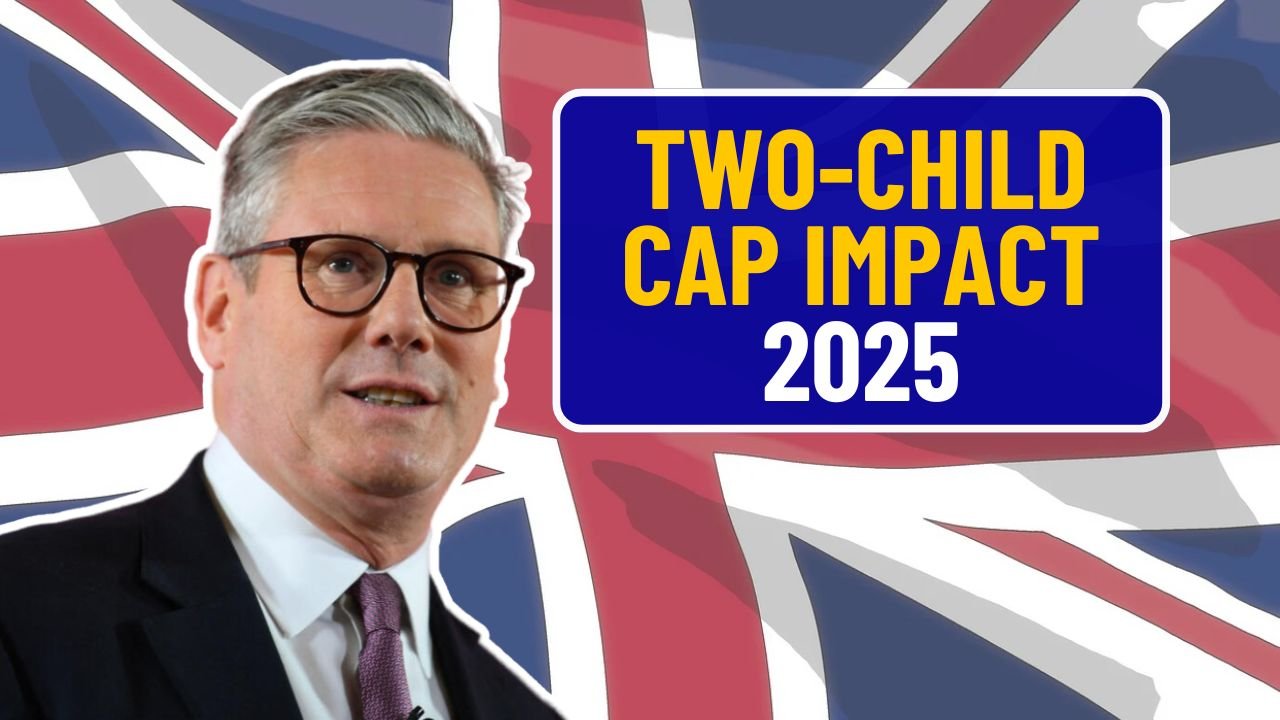As of May 2025, the UK’s two-child benefit cap remains a polarizing aspect of its welfare system. Introduced in 2017, the policy limits Child Tax Credit and Universal Credit support to the first two children in most households, with the stated aim of reducing public spending. However, eight years into its implementation, the broader question persists: Is the two-child benefit cap truly saving the government money, and if so, at what societal cost? This article delves into the financial trade-offs and long-term implications of the policy, examining both the savings it generates and the unintended consequences that may outweigh those benefits.
Understanding the Financial Trade-Offs
The government’s primary goal with the two-child benefit cap was to curtail welfare expenditure. According to a 2023 House of Commons briefing, the cap has achieved an estimated saving of approximately £1.3 billion annually. This reduction is primarily due to the decrease in Child Tax Credit and Universal Credit payments, which affect families with more than two children. However, a deeper look into the broader economic impact reveals a more complex story. As of 2025, new figures suggest that the indirect costs stemming from increased demands on public services may be offsetting the government’s savings.
While the DWP has reduced direct spending through the cap, it is important to consider the additional burden on housing, the National Health Service (NHS), education, and other public services. For example, rising housing demands have been estimated to cost the government £250 million annually, while NHS and mental health services are facing an additional £400 million in costs. Schools and social services are also feeling the strain, with an estimated £300 million in added expenses. When all indirect costs are factored in, the net savings for the government from the two-child benefit cap are estimated to be around £350 million.
Rising Child Poverty and Economic Inequality
One of the most significant criticisms of the two-child benefit cap is its negative impact on larger families, particularly in terms of child poverty. In 2025, more than 1.5 million children are living in households affected by the cap. For many of these families, the reduction in benefits can amount to a loss of up to £3,235 per year. This significant financial strain has consequences beyond the immediate budget – it affects children’s nutrition, education, and overall well-being, often trapping them in cycles of poverty.
Additionally, research suggests that the cap has inadvertently discouraged employment among second earners, particularly women. The reduced financial support means that second earners often find it harder to justify returning to work, as the additional income may not sufficiently offset the loss of benefits. This not only limits individual earning potential but also hinders overall economic productivity. The loss of incentives for second earners to work is a key factor that undermines the intended savings from the policy, potentially negating its fiscal benefits in the long term.
Public Opinion

Since the cap’s introduction, public sentiment has shifted considerably. A March 2025 Ipsos survey revealed that 61% of respondents felt the cap should be repealed or revised. This increasing dissatisfaction is putting pressure on the current government, with opposition parties using the policy’s social consequences as a point of contention. While the government continues to defend the cap as a necessary fiscal measure, critics argue that the policy’s short-term financial gains are overshadowed by the long-term societal costs.
This rising discontent is prompting more calls for a comprehensive reassessment of the policy, with some MPs urging the government to consider not only the immediate savings but also the broader socioeconomic impact. Think tanks like the Institute for Fiscal Studies have weighed in, suggesting that the cap be revisited in light of increasing economic inequality and the negative effects on vulnerable families.
The Unintended Consequences
The two-child benefit cap’s indirect costs are most evident in the increased strain on public services. The rising demand for housing, healthcare, and education is placing significant pressure on already overstretched resources. For instance, the growing demand for social housing is costing the government hundreds of millions of pounds annually. The NHS and mental health services, already struggling to meet the needs of a growing population, are now seeing an influx of families affected by the benefit cap, leading to further strain on healthcare resources.
Similarly, schools and social services are also feeling the impact of the cap. As families lose essential financial support, many are increasingly dependent on local services, which are often underfunded and unable to cope with the rising demand. These pressures not only affect the quality of services but also hinder the government’s ability to effectively address other social issues.
Long-Term Economic Implications
Despite the government’s immediate financial savings, the long-term sustainability of the two-child benefit cap remains uncertain. The policy may reduce welfare spending in the short term, but its broader economic impact particularly on child poverty, employment rates, and public services raises questions about its viability as a long-term strategy. The loss of financial support for larger families could lead to long-term social costs that far outweigh the initial savings.
Furthermore, the discouragement of second earners from returning to work could have long-lasting effects on the overall economy. As more families are pushed into poverty and economic inequality continues to rise, the potential for social unrest grows. The government’s ability to manage these consequences will be critical in determining whether the cap remains a sustainable policy in the years to come.
Calls for Reform
As political pressure mounts, there is growing support for reforming the two-child benefit cap. Some proposed alternatives include means-tested exceptions for low-income working families, which would allow them to continue receiving benefits for more than two children if they meet certain criteria. Other suggestions include phasing out the cap gradually, rather than implementing an abrupt cutoff, and increasing support for childcare to encourage employment among second earners.
While these alternatives are still in the discussion phase, they represent a shift in focus from austerity-driven savings to a more balanced approach that considers the social and economic implications of welfare policies. Whether these changes will be implemented remains to be seen, but the growing demand for reform signals a desire for a more equitable and sustainable approach to supporting families in need.
A Balancing Act Between Fiscal Responsibility and Social Well-Being
The two-child benefit cap has undeniably achieved some fiscal savings for the UK government, but these savings come with significant social costs. Rising child poverty, increased pressure on public services, and long-term economic consequences suggest that the cap may not be a sustainable solution. As the government faces mounting political pressure to reconsider the policy, the need for a more comprehensive and balanced approach to welfare reform becomes increasingly clear.

